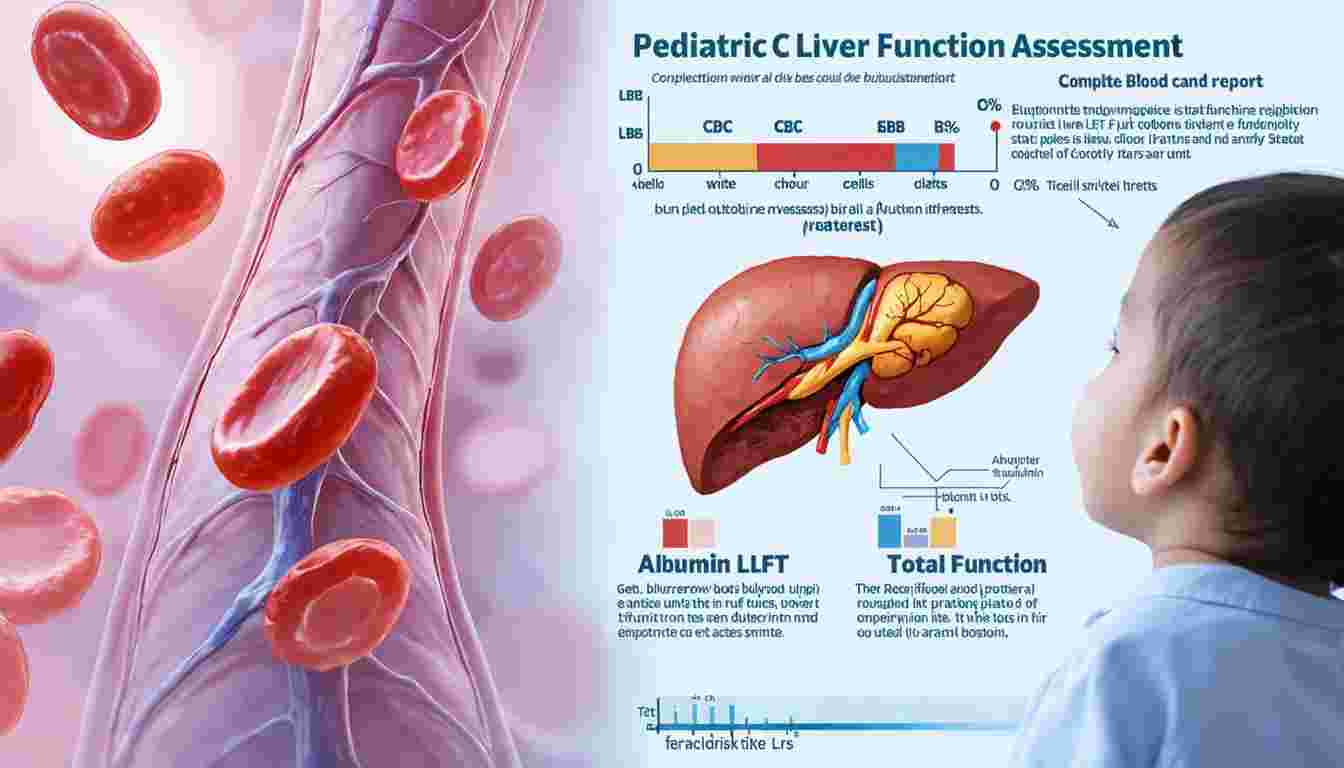Pediatric Participation in Emergency Response Teams
Protocols for Managing Pediatric Patients During Emergencies
Effective pediatric emergency response requires specialized protocols, trained personnel, and appropriate medical equipment to ensure optimal care during crises.
Pediatric Participation in Emergency Response Teams
Protocols for Managing Pediatric Patients During Emergencies
Emergency response teams must be equipped with specialized protocols to handle pediatric patients effectively. These protocols ensure efficient triage, treatment, and coordination in emergency scenarios.
Key Considerations for Pediatric Emergency Care
- Triage Strategies: Use pediatric-specific scoring systems such as the Pediatric Assessment Triangle (PAT) to assess urgency.
- Medical Equipment: Ensure availability of child-sized medical tools, including airway devices and medication dosages.
- Psychological Support: Maintain a child-friendly environment to reduce anxiety and trauma during emergency interventions.
Training for Emergency Responders
Emergency responders must undergo specialized training focused on pediatric resuscitation, trauma management, and age-specific physiological responses to medical conditions.
Integration of Pediatric Response into Disaster Management
Developing pediatric-inclusive protocols for mass casualty incidents ensures that children receive tailored care in disasters. Coordination with pediatric specialists enhances the efficacy of emergency medical response.
Tags
Recommended Reads
Explore related articles that might interest you

Pediatric Participation in Emergency Response Teams

Rapid Response to Pediatric Emergency Calls

Risk factors, clinical presentation, diagnosis, and management of kerosene ingestion

Interpretation of Complete Blood Count (CBC) and Liver Function Tests (LFT)

Temperature Regulation in Neonates

Comprehensive Overview of Vaccines

